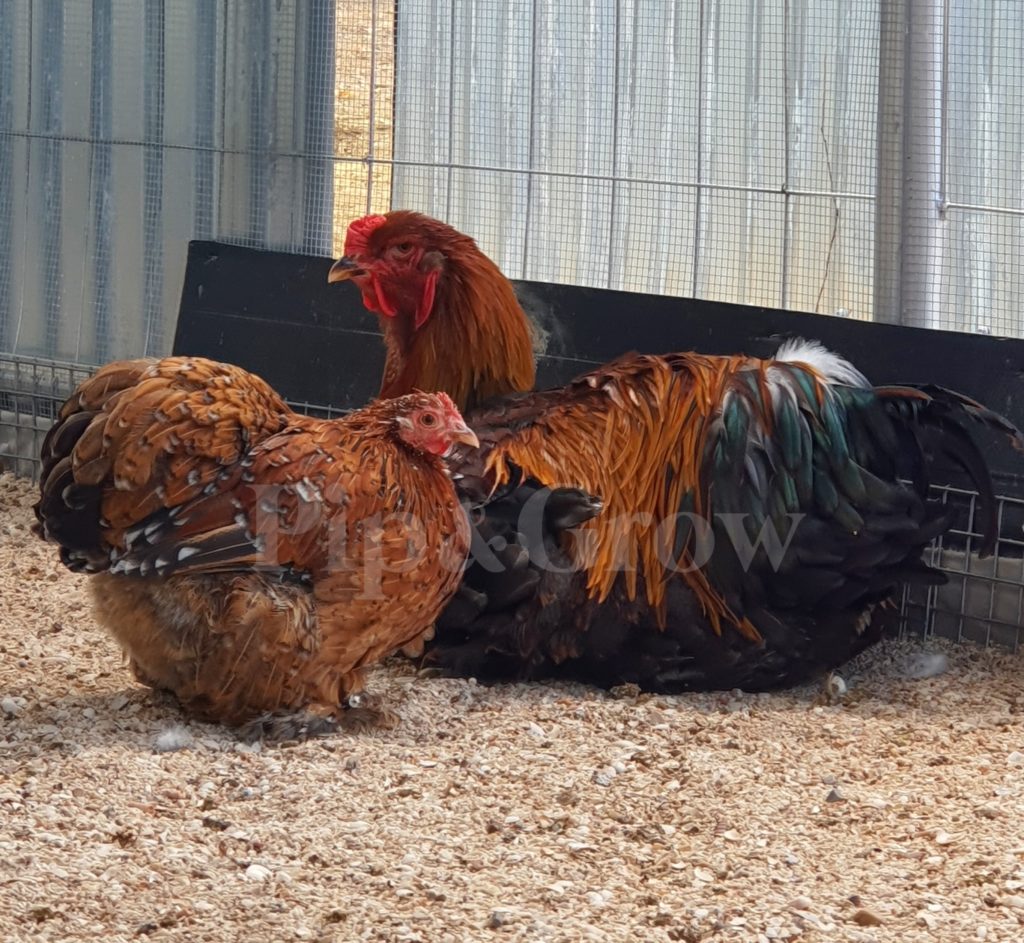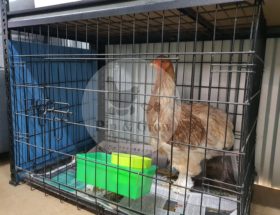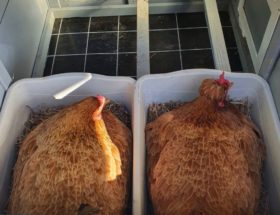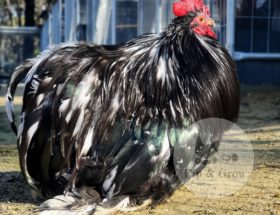Introducing new chickens to an existing flock requires careful planning and management to minimize stress and potential conflicts. Here are a few tips we’d like to note.
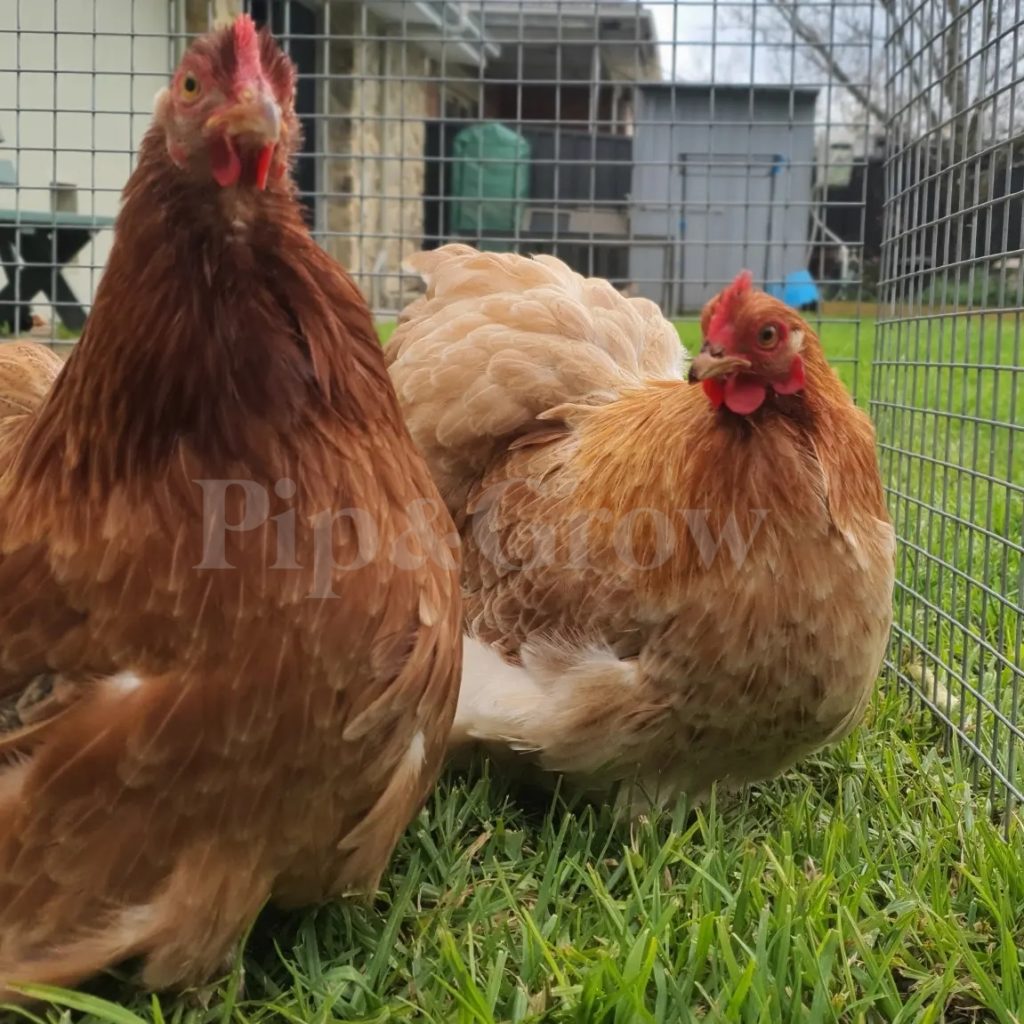
Chickens are territorial creatures.
Despite our efforts to facilitate a smooth introduction, existing flock members may still display aggression towards newcomers, viewing them as intruders in their established territory.
- It’s best to add new chickens in a minimum group of two or more, as chickens are social animals that thrive on interaction and forming bonds with others. Introducing them in a small group provides companionship during the quarantine and introduction period, offering support until they are accepted by the existing flock. Adding a single bird to an established flock is not advisable, as it can make the lone bird a target for aggression and cause significant stress. Ensuring new birds have companionship from the start promotes their well-being and facilitates a smoother integration into the flock.
- It’s advisable to add slightly older and larger-sized birds than your existing flock. This can help reduce aggression from the established chickens, as they may be less inclined to pick on birds that are larger or more mature than themselves.
- When adding smaller breeds, such as Silkies, Polish, Belgian, or Pekins, to a flock of larger breeds like Wyandotte, Sussex, or Standard Orpingtons, careful consideration is needed. In such cases, the smaller breed should ideally be significantly older and mature than the existing standard breed birds. While it’s not impossible to integrate different-sized birds, it can be a lengthy and stressful process for both the chickens and the owner. There’s a risk of serious injury during the establishment of pecking orders, as well as potential health issues due to stress. The best scenario for successfully integrating birds of different sizes is if they’ve grown up together from day-old chicks or young age.
How to introduce new chickens to an existing flock
- Quarantine: Before introducing new chickens, quarantine them in a separate area for at least 2-4 weeks. This helps prevent the spread of any diseases or parasites they may carry to your existing flock. Please read more “Importance of quarantine”
- Introduction: After the quarantine period, introduce the new chickens to the existing flock gradually. Initially, allow them to interact through a barrier like a fence or wire mesh for a few days. This helps them acclimate to each other’s presence without direct contact, while they familiarize themselves with the sights, sounds, and smells of the existing flock.
- Supervised Interaction: Once the chickens appear comfortable, facilitate supervised interactions in a neutral territory outside of the coop. Start with short periods each day and gradually increase as they become more accustomed to one another. Monitor closely for signs of aggression or bullying.
- Integration: When confident, integrate the new chickens into the existing flock’s pen.he existing flock’s pen. It’s best to do this at night when the chickens are less active and more likely to accept newcomers.
- Provide Multiple Food and Water Sources: Ensure there are multiple food and water sources available to prevent competition and reduce aggression. Newcomers may feel hesitant to share feeders and waterers with established members of the flock.
- Monitor: Keep a vigilant watch on flock dynamics in the ensuing days. Some pecking order disputes are normal, but maintain patience as the integration process unfolds. It may take a couple of weeks for the chickens to establish hierarchy and full integration.
If you notice any signs of aggression or bullying, such as pecking or chasing, be prepared to intervene. Separating the aggressive birds temporarily until new birds are accepted by the rest of the flock.
